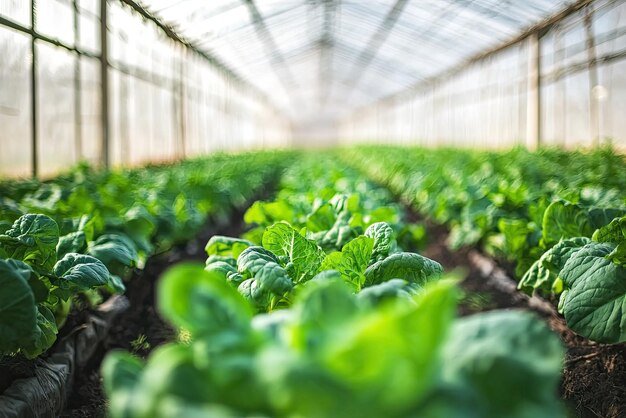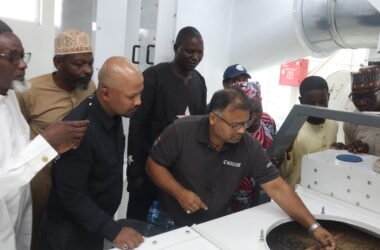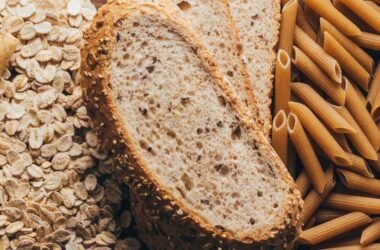One study demonstrated that exposure to UV-A and blue light temporarily increases the concentrations of total phenolics and anthocyanins in red-leaf lettuce
New research from Michigan State University highlights the transformative potential of advanced lighting techniques for indoor lettuce cultivation. It reveals methods to improve both yield and nutritional quality without compromising shelf life. The studies specifically focus on the effects of ultraviolet (UV-A) and blue light on red-leaf lettuce, as well as the impact of indoor sole-source lighting systems on lettuce production.
Previously, research showed that blue light enhances the colouration and nutritional value of lettuce, but it also leads to more compact plants and a decrease in crop yield. Dr Erik Runkle and former PhD student Nathan Kelly conducted experiments to maximise plant growth while maintaining leaf colour and nutrition.
One study demonstrated that exposure to UV-A and blue light temporarily increases the total phenolics and anthocyanins concentrations in red-leaf lettuce. These compounds are known for their antioxidant properties and contribute to the nutritional value and vibrant colour of lettuce, offering enhanced health benefits and aesthetic appeal for consumers.
A complementary study by Dr Runkle and former research technician Annika Kohler explored the use of sole-source lighting systems designed to optimise lettuce yield. Their findings confirm that lighting systems engineered to maximise production efficiency also preserve post-harvest quality, ensuring that lettuce retains its freshness and nutritional value during storage and distribution.
Together, these advancements highlight the potential of innovative lighting strategies to revolutionise indoor agriculture, enabling growers to produce high-quality, nutrient-rich lettuce year-round. By fine-tuning light exposure, producers can enhance the profitability of controlled-environment agriculture.










